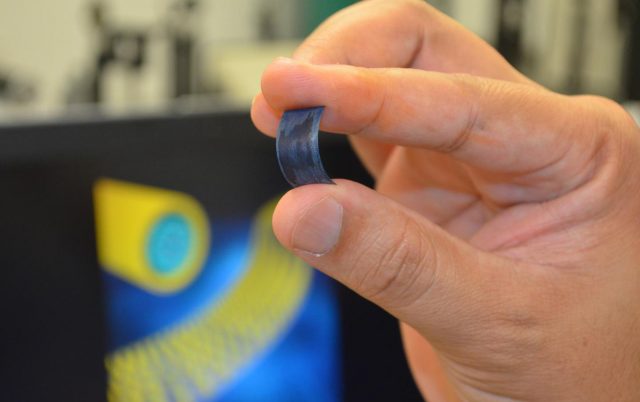
The most annoying thing about most modern smartphones isn’t the display or the size. It’s how long you can hold a charge. We’ve seen major improvements in Android for helping to conserve battery life, but current technology is the limit on how frequently we have to charge our phones. That may be changing in the future, thanks to research from scientists at the University of Central Florida.
A group of researchers have created a new supercapacitor battery prototype that doesn’t seem to degrade, even after being recharged more than 30,000 times. With this research, it might be possible to create high-capacity, ultra-fast charging batteries than can last over 20 times longer than the batteries we use in our phones right now. UCF postdoctoral associate Nitin Choudhary had this to say about the tech:
“You could charge your mobile phone in a few seconds and you wouldn’t need to charge it again for over a week.”
These supercapacitors can be charged so quickly because they store the electricity on the surface of the material, rather than relying on chemical reactions as current batteries do. It requires a two-dimensional material spread over a large surface area, which means graphene is the current material of choice. Graphene is difficult to be integrated with other supercapacitor materials, which is why this approach is so novel.
Eric Jung says his team wrapped the graphene around highly conductive nanowires to let electrons pass quickly from the core to the shell. That’s how the team got a high energy and power density battery prototype that’s pretty easy to produce.
The technology is currently in the early days of development and the researchers are in the process of trying to patent the technology, but they note that “for small electronic devices, our materials are surpassing the conventional ones worldwide in terms of energy density, power density, and cyclic stability.”

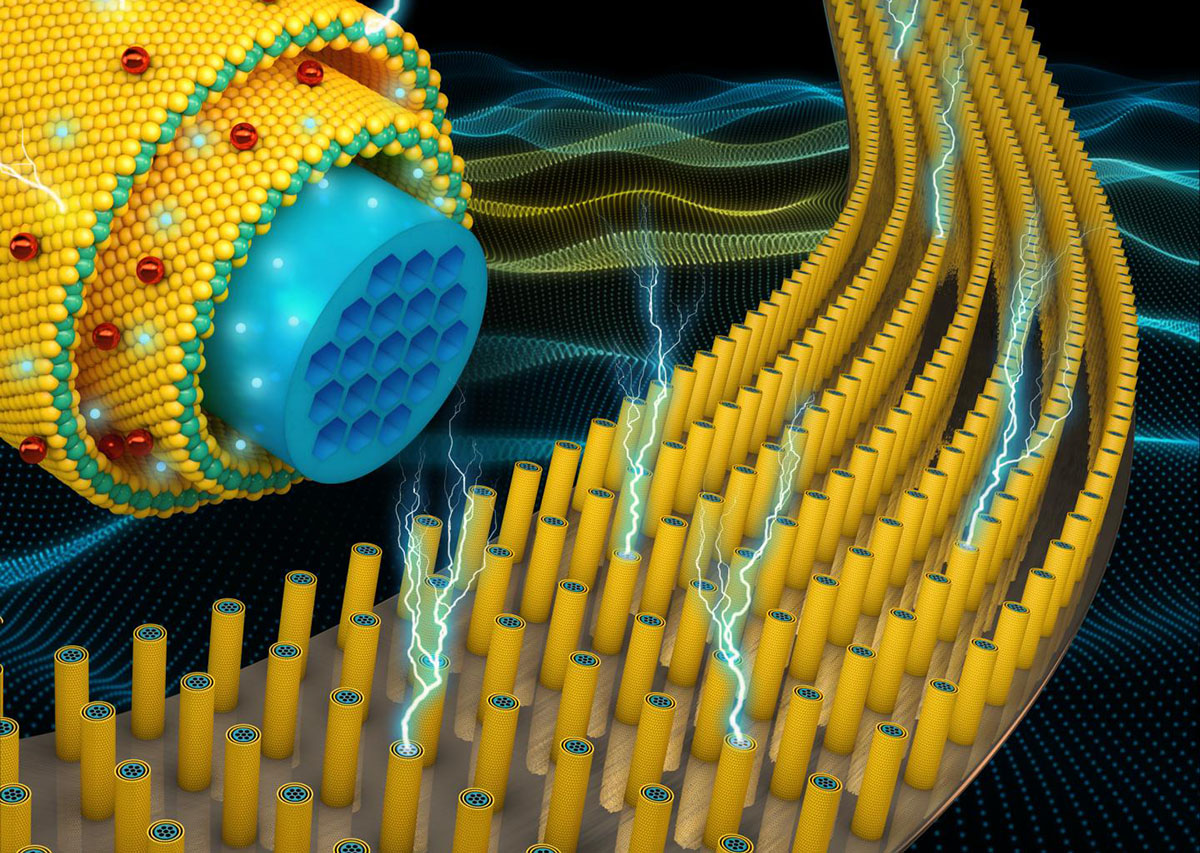



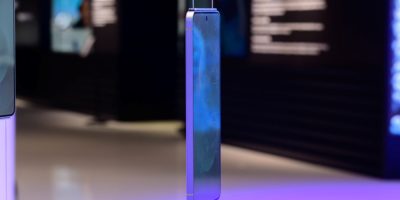



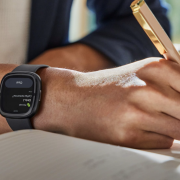
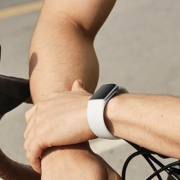
Comments